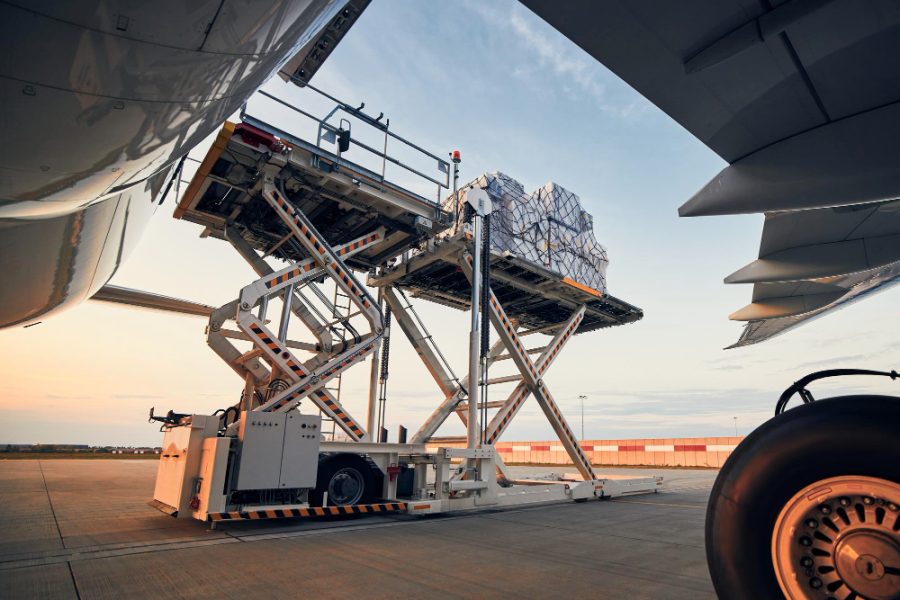With the U-Freight Group’s strong presence in the expedited international airfreight arena, we note that global air cargo demand grew by three percent year-on-year in September, according to Xeneta, signalling a slowdown from the stronger five percent gains seen in July and August.
With capacity growth matching demand, yields continued to fall, marking the fifth consecutive month of spot rate declines.
Tariff changes, shifting e-commerce flows, and seasonal disruptions weighed on volumes, leaving analysts cautious about the remainder of 2025 despite forecasts of overall growth of three to four percent.
“Over the previous two months we’ve seen how air cargo has gained from ‘piggybacking’ on global uncertainty, whether that’s frontloading supply chains or modal shift from ocean to air to move goods more quickly before tariffs took hold,” said Xeneta’s Chief Airfreight Officer, Niall van de Wouw. “September’s data is an early indication that this is lessening as some stability starts to return on major corridors and everything is less hectic on a global level.”
The US administration’s decision to remove the de minimis threshold for low value cross-border shipments caused Chinese e-commerce exports to the US to fall for a fourth consecutive month in August. Sales of low-value and e-commerce goods slumped minus thirty-eight percent year-on-year, according to the latest China Customs’ data.
Meanwhile, burgeoning e-commerce volumes, a result of the Chinese e-commerce behemoths shifting their focus towards European consumers, helped to push volumes plus four percent higher on the Asia–Europe corridor in the first three weeks of September compared to the previous month. Demand was also supported by the pre–Golden Week cargo rush as well as mode shift due to the suspension of China–Europe rail links at the Polish border. China Customs reported year-to-date cross-border e-commerce and low-value goods sales to Europe increased plus fifty-eight percent year-on-year, with August alone up plus fifty-five percent.
Across both the Transpacific and Transatlantic markets, the average air cargo spot rates slipped by minus two to three percent in September compared to a month ago. Even as supply chains shift towards the Southeast Asia market for production to lessen the impact of tariffs, September’s Southeast Asia to the US spot rates failed to grow, declining minus two percent month-on-month and a striking minus twenty-two percent compared to a year ago. The reduction of e-commerce volumes due to US global de minimis bans left a gaping hole in the Transpacific market, marked by carriers’ agility in shifting freighter capacity away from the region.
About a twenty percent reduction in Transatlantic capacity in late October at the start of airlines’ winter schedules, when passenger belly capacity is taken out after the summer months, is expected to reverse freight rate declines, but is, van de Wouw, says “a consequence of supply, not demand.”
For more information about the U-Freight Group’s global air freight forwarding and logistics services, or our e-commerce logistics operations, please visit the relevant pages of this website or contact your local office, details of which can be seen here: https://ufreight.com/locations


